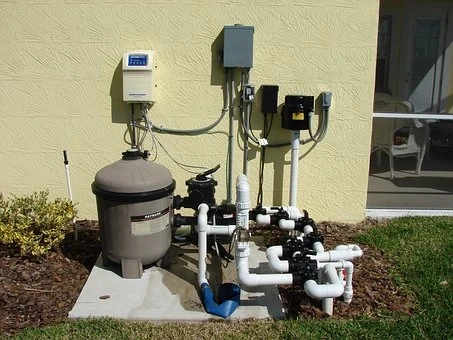Water has simple chemistry. A single water molecule comprises two hydrogen atoms and one oxygen atom. But though the molecular structure of water is very simple, many versions are available in the market, like spring water, tap water and filtered water.
When bottled water was introduced in Australia in the 1980s, people were amused. Why should one buy a bottle of water when one could get it free from a tap? Still, today, one can find aisles of supermarkets filled with bottles of water of various kinds, including that which has been subject to water filter solutions.
Australians spend more than $500 million on bottled water annually. This leads us to wonder why bottled water has become so popular and whether there is a real difference between the various water available currently.
Tap water
This water comes from a central source and is certified safe for drinking. As per the Australian Drinking Water guidelines, tap water must not contain any harmful concentrations of pathogenic microbes or chemicals and must be pleasing per odour, taste and appearance.
Local authorities of the water department use disinfection, filtering, settling, and coagulation to ensure the safety of drinking water. They use adequate disinfectants to cease the re-growth of microbes while water travels via pipe systems to homes. Potable drinking water needs additives that one can taste or smell, such as chlorine, which is a disinfectant used widely by Australian suppliers of water.
Such tap water can include several impurities, both artificial and natural. Some are risk-free and non-toxic and only impact what the water smells, tastes or looks like. But some can cause a sudden infection or slowly harm one’s health for a long period.
Certain chemicals (like fluoride and chlorine) are included in the water of the treatment plant. This has spurred many discussions over potential risks to human health.
Spring water or bottled water
A lot of bottled water in Australia is labelled as spring water. However, the source of such water is a mystery.
Most bottled water is typically groundwater. Groundwater sourced from underground sources may or may not have been purified or treated. As per studies, bottled water labelled as spring water has been found to contain contaminants like phthalates, arsenic and coliform.
Spring water comes from groundwater, which is the water found in an aquifer that sits near or below the natural water table of the earth. When water flows naturally to the surface of the ground, it is collected at the opening of the spring. It can also be collected directly underground from a borehole.
Such water is considered pre-purified since it has been subject to natural filters like clay, sandstone and limestone. After it has been collected, it is sampled and analysed to meet the strict safety standards of the government. Lastly, it is bottled and sold in retail stores.
Filtered water
Purified or filtered water refers to water that has been filtered or processed mechanically to improve impurities such as chemical pollutants, viruses, bacteria and minerals such as copper and lead using water filters in Australia.
In most developed countries, tap water is filtered water. It undergoes the following methods of treatment:
● Flocculation and coagulation
In this first step, positively charged chemicals are added to the water. This helps neutralize any negatively charged chemicals, such as contaminants and dirt. It also helps in the formation of floc or large particles.
● Sedimentation
Because of the heavy weight of the floc, these particles settle to the bottom of the water supply. This results in clear water above the floc.
● Filtration
This clear water is filtered via several filters of various compositions and sizes, like gravel, sand and charcoal. This gets rid of chemical contaminants, dust, dirt and bacteria and other undesirable particles by using water filters in Australia.
● Disinfection
As a final step, there is the addition of chemical disinfectants such as Chloramine or Chlorine to destroy any remaining viruses or bacteria. The quantum of chlorine is monitored strictly to ensure that the water is safe for human consumption.
There are also other methods of purification:
● Reverse osmosis
Minerals are removed from the water using membranes.
● Distillation
Water is heated to form steam for removing unwanted particles, and then the steam is recondensed to form liquid water.
● De-ionization
This process gets rid of all mineral salts through ion exchange.
● Ozonation
Ozone is infused into the water for disinfection. This is popular with bottling companies.
● 1-micron filtration
Water is forced via tiny filters smaller than 1 micron.
Which water is best?
All three, spring, tap, and filtered water, meet strict safety standards and are suitable for drinking. The kind of water that the consumer selects will depend on his/her preferences and the accessibility of water. Mostly, people select the kind of water which tastes best to them, and this is a subjective decision.
These are all the differences and similarities between tap, spring and filtered water. There is much demand for water filter solutions in Australia.



